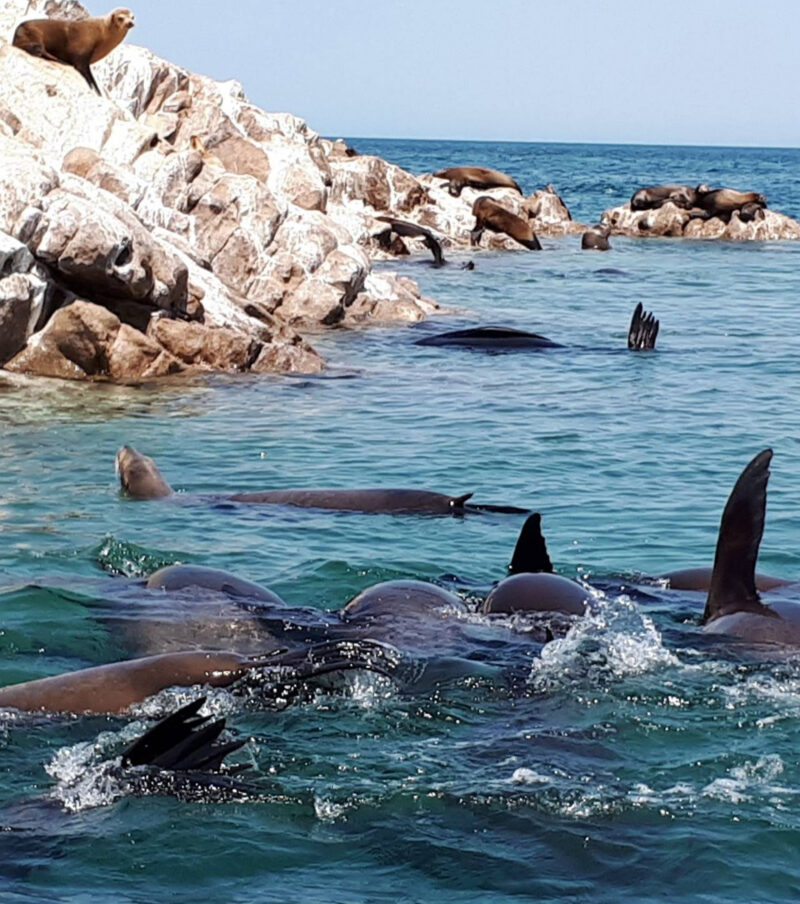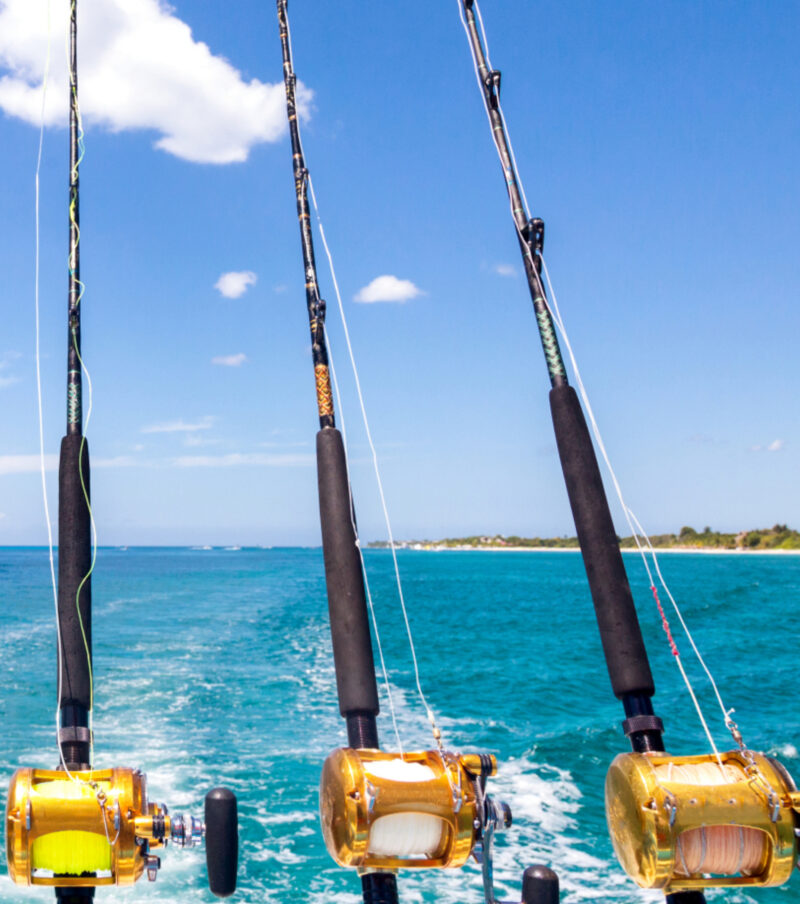History
Rocky Point (Puerto Penasco): History of an Iconic Destination
Rocky Point, or Puerto Penasco, is a beautiful resort town located on the northern shores of the Sea of Cortez, in the Mexican state of Sonora. With its sandy beaches, turquoise waters, and stunning sunsets, Rocky Point has become a beloved vacation destination for travelers from around the world. However, the town’s history is much richer than its reputation as a tourist spot. In this article, we will explore the fascinating history of Rocky Point and its transformation from a small fishing village to a thriving tourist hub.
Early History
Rocky Point was originally inhabited by the Hohokam people, a pre-Columbian civilization that lived in the region from 300 BC to 1400 AD. The Hohokam were skilled farmers, hunters, and traders, and they left behind impressive archaeological sites, including the nearby Pinacate Biosphere Reserve. Later, the area was settled by the Seri people, who were expert fishermen and navigators. They established a small fishing village called Puerto Peñasco, which means “Rocky Point” in Spanish, due to the rocky outcroppings that line the coastline.
Mexican Settlement and Development
In the 1920s, Mexican authorities began to take an interest in the area, seeing it as a potential site for a deepwater port. The government built a small pier, and the first commercial fishermen arrived in the 1930s. The town remained a small, isolated community until the 1950s, when the construction of a paved road connected Rocky Point to the rest of Mexico. This led to a surge in tourism, as visitors began to discover the town’s natural beauty and tranquil atmosphere.
Tourism Boom and the Rise of Rocky Point
In the 1960s, Rocky Point underwent a major transformation as investors began to build hotels, resorts, and condominiums. The town quickly became a hot spot for vacationers, particularly from the southwestern United States. By the 1980s, Rocky Point was one of the most popular tourist destinations in Mexico, with over one million visitors per year. However, this rapid growth also brought new challenges, including environmental concerns and infrastructure issues.
Modern Rocky Point
Today, Rocky Point is a thriving tourist hub, with a range of accommodations, restaurants, and activities to suit every taste and budget. Visitors can relax on the beach, go fishing or boating, explore the nearby desert landscape, or sample the local seafood and Mexican cuisine. Despite its popularity, Rocky Point has managed to maintain its laid-back, friendly atmosphere, making it a favorite destination for many repeat visitors.
Rocky Point’s history is a testament to the resilience and adaptability of the people who have called this beautiful region home. From the ancient Hohokam to the modern-day tourists, Rocky Point has been shaped by the natural environment and the unique cultural traditions of its inhabitants. Whether you are a first-time visitor or a seasoned traveler, Rocky Point offers a glimpse into the rich history and vibrant present of this iconic destination.
Rocky Point Adventures Popular, Tours
Rocky Point Adventures Popular, Resorts
Rocky Point AdventuresContact us
Visit us anytime
Address
83554 Puerto Peñasco, Son.
Call us
MX +52 (638) 388-9699











